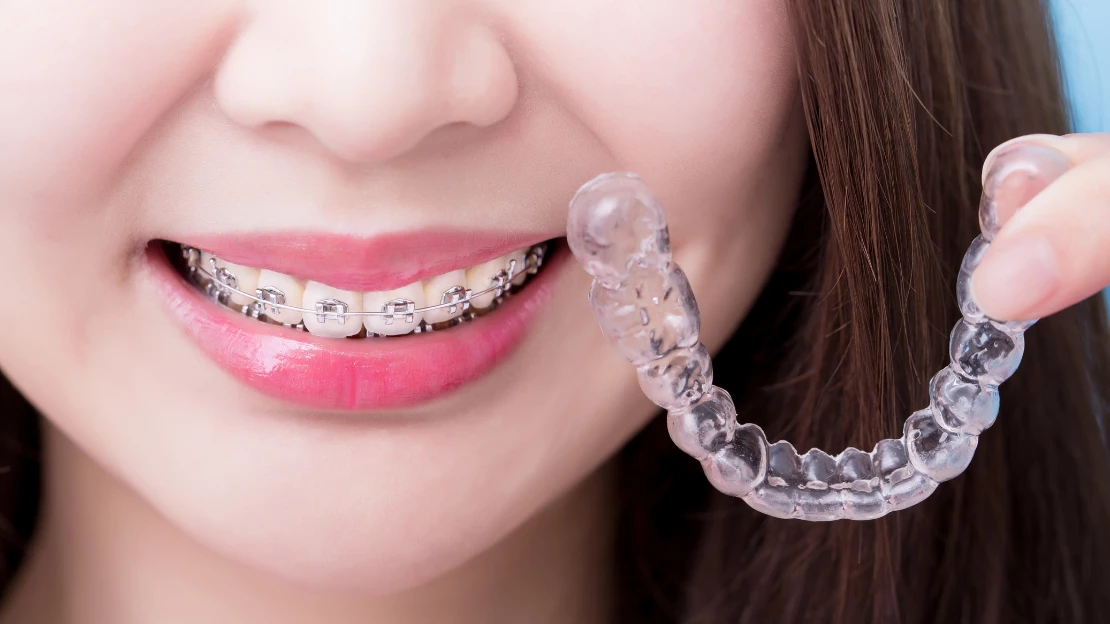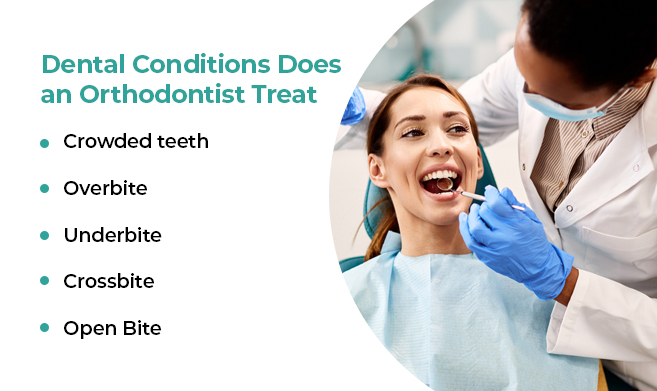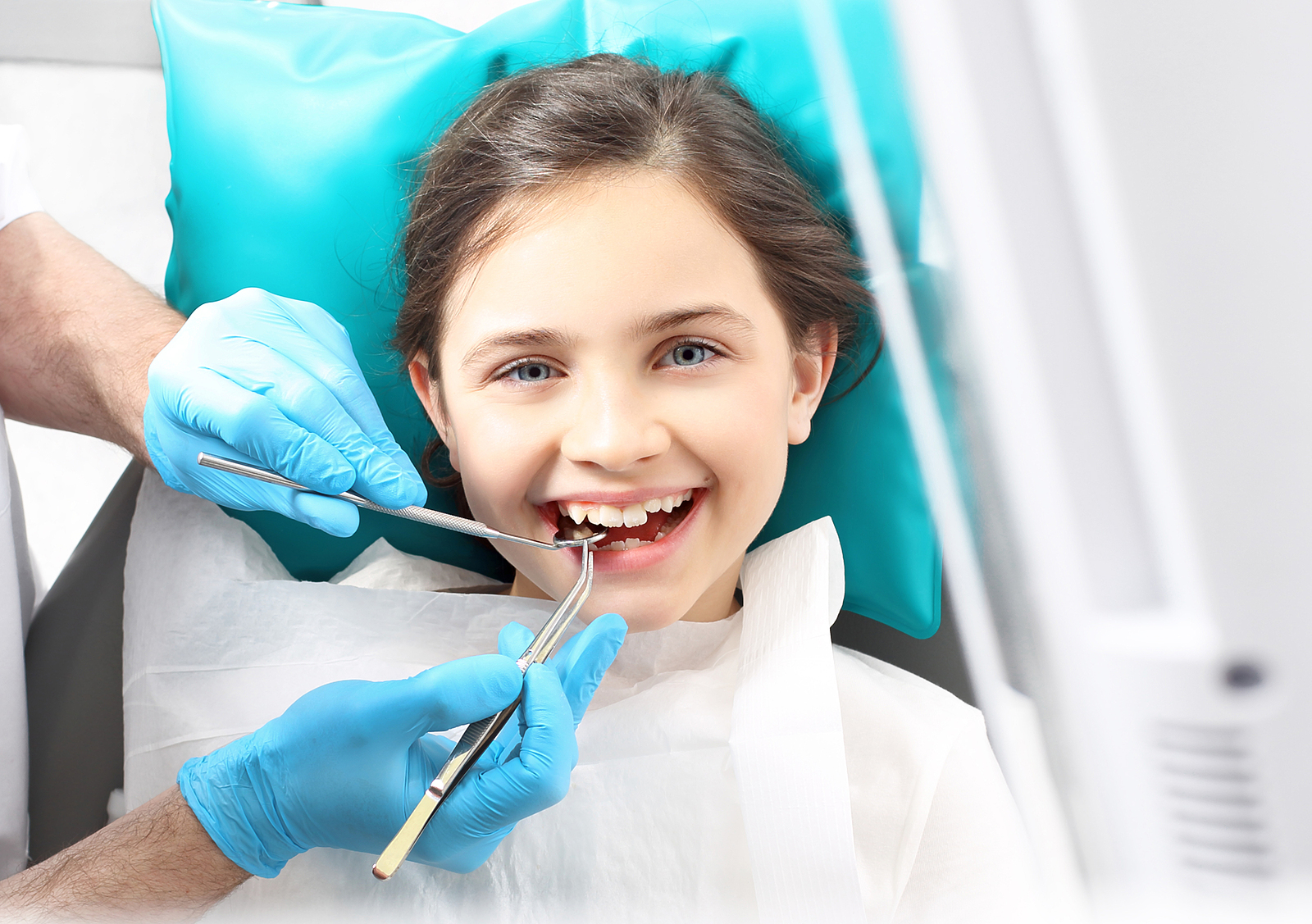The Ultimate Guide To Legacy Orthodontics
The Ultimate Guide To Legacy Orthodontics
Blog Article
Legacy Orthodontics for Beginners
Table of ContentsThe Single Strategy To Use For Legacy OrthodonticsLegacy Orthodontics - TruthsLegacy Orthodontics Things To Know Before You Get ThisSome Known Details About Legacy Orthodontics The Definitive Guide for Legacy Orthodontics

Their function is vital in helping individuals achieve far better oral health with orthodontic therapy. Broadening upon their fundamental dental knowledge, orthodontists engage in additional education and training, concentrating specifically on the area of orthodontic treatment. leesburg invisalign. This specialized training permits them to remedy misaligned teeth and jaws, boosting an individual's smile and their bite for healthy and balanced, effective feature
While basic dentistry addresses a large spectrum of dental worries, orthodontists focus on straightening teeth and straightening jaws. Orthodontists utilize a range of tools and home appliances, including braces, clear aligners, and retainers to accomplish the most effective end results. The collaboration in between the orthodontist and dentist ensures extensive treatment, where each specialist's know-how matches the other to enhance individuals' oral well-being.
A Biased View of Legacy Orthodontics

Dentofacial orthopedics focuses on directing the development of the face and jaws, exactly how the bones and cells of the face work together, and just how they affect feature and look. AAO orthodontists' competence in dentofacial orthopedics permits them to efficiently correct malocclusions and keep track of jaw development in its very early phases. Coming to be an orthodontist is a tough yet gratifying trip that calls for years of education, training, and devotion.
The following step is to participate in an approved dental institution, which generally calls for four years of research. Their education and learning finishes in a 2 to three-year orthodontic residency program that integrates innovative coursework with hands-on scientific experience treating individuals under guidance. Orthodontists aid with problems like crowded or spaced teeth, unusual attacks, and jaw issues.
These therapy strategies also detail what tools or orthodontic devices might be made use of. Orthodontists are thoroughly trained professionals renowned for their competence in providing orthodontic and dentofacial orthopedic care. With over a decade of rigorous greater education and sensible experience, orthodontists stand as the single professionals geared up to safely and successfully address imbalances of teeth or jaws, cultivating both aesthetic appeal and ideal capability for their patients' smiles and general dental health and wellness.
What Does Legacy Orthodontics Mean?
By selecting an AAO orthodontist for your therapy, you are ensuring that you obtain treatment from a professional with the expertise and experience to deliver the best possible outcomes. leesburg braces.
What is the difference between a dentist and an orthodontist? To answer an inquiry that is frequently asked, both dental professionals and orthodontists aid individuals acquire better dental health, albeit in different ways. It aids to remember that dental care is a rather wide science with various clinical specializations. All dental experts, consisting of orthodontists, deal with the teeth, gums, jaw and nerves.
Orthodontists and dental practitioners both supply oral care for patients. Orthodontists can function in an oral workplace and offer the exact same treatments as various other dental experts. So you can consider both physicians that treat periodontal and teeth troubles. The primary difference is that becoming an orthodontist calls for a certain specialty in treating the imbalance of the teeth and jaw.

Fascination About Legacy Orthodontics
This consists of all the required education and learning to end up being a general dental expert. According to the American Pupil Dental Organization (ASDA), it means you will certainly require to have either a Medical professional of Medicine in Dental Care (DMD) or a Medical Professional of Oral Surgery (DDS). To put it simply, orthodontists require to complete oral school and after that obtain an orthodontics specialized education and learning.
Some orthodontists additionally obtain their masters in craniofacial biology. Numerous oral schools give minimal orthopedic training and direction, which is why basic dental practitioners require to go to orthodontic college after graduation. Orthodontic residency programs use intensive training for this sort of oral field of expertise. These programs concentrate on two specific locations or techniques: Dentofacial Orthopedics: This research study focuses on guiding teeth and jaw development.
Once you have finished your orthodontic training, you have the option to obtain board certification. https://www.figma.com/design/kgqCY8l54dyz5KdMEWTWil/Untitled?node-id=0-1&t=R12PkCtJ5eBOkvHF-1. Orthodontists function on a particular set of oral problems, meaning they deal with imbalances in the teeth and various other related irregularities. A few of the conditions that they deal with include the following: Jaw misalignment Teeth that are too far apart Congested teeth Overbites Underbites Jagged teeth As you can see, these are certain kinds of dental problems besides the typical troubles general dental professionals deal with
The Only Guide for Legacy Orthodontics
These consist of apparatus such as braces, retainers and Invisalign. What does an orthodontist do, and what do they concentrate on? The general objective of an orthodontist is to boost an individual's bite. Not everybody is born with straight teeth, and an orthodontist will certainly guarantee that patients get uniformly spaced straight teeth.
Other than the orthodontist, we frequently see aides working with these dental professionals check my site in their clinics. What is an orthodontist aide called?
Report this page